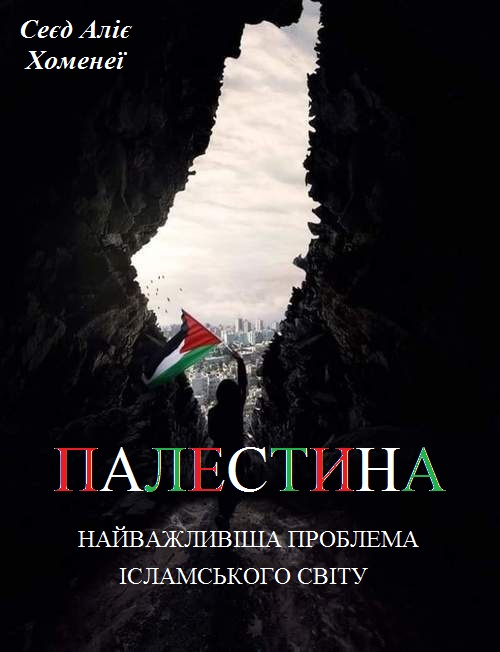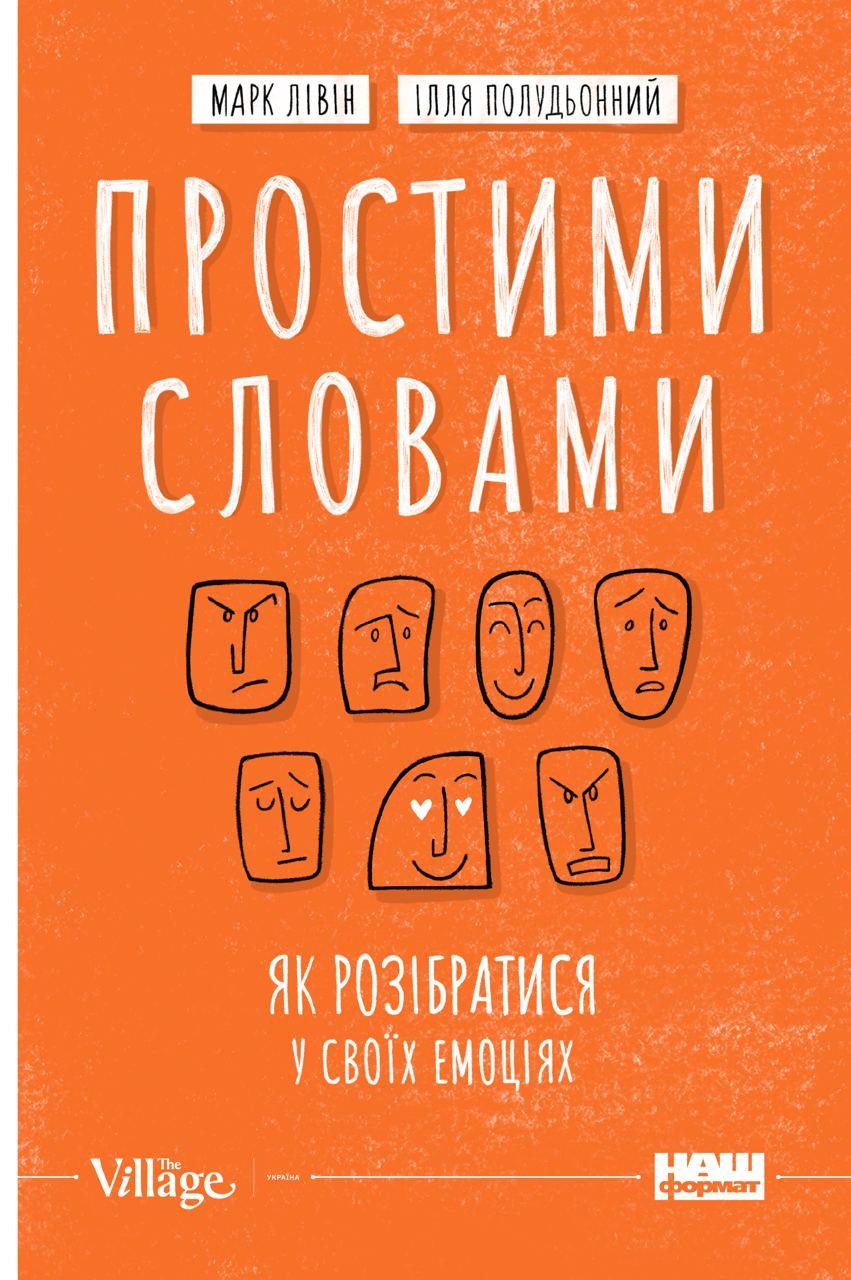Читати книгу - "Genghis Khan and the Making of the Modern World"
Шрифт:
Інтервал:
Добавити в закладку:
The entire campaign from Kiev to Germany had been merely a Mongol diversion to keep the Europeans from sending soldiers to fend off the real Mongol objective: invading the grassy plains of Hungary. Having succeeded in killing off most of the northern army and in scattering and neutralizing the rest, the Mongol force withdrew from the Polish and German cities; in time, the local people convinced themselves that they actually had won the battle and repulsed the invaders. The fallen Duke Henry II became a martyr as Henry the Devout, and a Benedictine monastery was built with the altar over the exact spot where, according to Christian mythology, his mother, Saint Hedwig, found his headless, naked corpse, identifying it by the six toes on his left foot. Much later, in the nineteenth century, the Prussian government turned the abbey into a military school, where they trained the future German officers with special emphasis on the tactics of the battle that took place there.
Within days, the Mongol tactics used to defeat and massacre the German knights were replayed in Hungary on a larger field with many times more casualties. After Subodei’s army of fifty thousand had pillaged much of Hungary, they began to retreat when King Bela and his army came after them. Subodei retreated for several days until he arrived at the topography best suited to Mongol victory on the Plain of Mohi. There, the Hungarians gathered into a densely packed camp that was fortified with a circle of wagons and heavy iron chains where the king kept them cooped up for several days. For Batu, accustomed to having his men spread out to sleep in small groups, the Hungarian decision to mass in such a tight formation with a chain around them was identical to the circle of rope and felt blankets with which the Mongols engulfed their prey on large group hunts. The Mongols pulled up catapults and began hurling their mysterious assortment of naphtha, gunpowder, flaming oil, and other substances.
Unable to tolerate the smoke and fire, the Hungarians moved out of their camp. They found themselves virtually surrounded by the Mongols, but in one area, it seemed that the Mongols had forgotten to station their horsemen. In what must have seemed a near miracle to the Christian Hungarians, the gap lay precisely in the direction of their capital of Pest, three days flight away. The Hungarians moved out toward home. As the Hungarians fled, their panic grew. They raced on foot and on horseback, broke ranks, spread out, and dropped their equipment in order to flee more quickly. Of course, the Mongols had not left the gap open by accident; they already had stationed horsemen to wait for the fleeing, frightened Hungarians. The Mongols chased many of the men into bogs and marshes to drown them. The chronicler Thomas of Spalato, archdeacon of what is now the city of Split in Croatia, described the Mongols as de Peste Tartorum, the Tartar Plague, and he wrote the most vivid account of their slaughter of the Hungarians: “The dead fell to the right and to left; like leaves in winter, the slain bodies of these miserable men were strewn along the whole route; blood flowed like torrents of rain.”
Their knights having failed to defeat the Mongols on the battlefield, the clergy now tried to subdue them through supernatural devices. Perhaps in the knowledge that many of the Mongols were Christian, but not knowing how much the Mongols detested and feared exposure to the remains of the dead, Christian priests attempted to keep the Mongols out of Pest by parading the bones and other relics of their saints before the approaching army. The exposure to pieces of dead bodies enraged the Mongols, for whom such acts were ritually contaminating as well as disgusting. The fearful and angry Mongols not only slew the clerics, but burned the relics and the churches as well to purify themselves from the pollution. For Europe, the encounter had proven as much a religious setback as a military loss, for in addition to the soldiers and king killed, Hungary lost a bishop, two archbishops, and many religious knights of the Templars.
The Mongols had destroyed the knighthood of the country and chased King Bela IV south to the Adriatic. Several texts survived to describe the tremendous psychological and emotional impact of the Mongol invasion, including the Carmen Miserabile super Destructione Regni Hungariae per Tartaros, or Sad Song of the Destruction of Hungary by the Tartars, by Roger of Torre Maggiore. European knighthood never recovered from the blow of losing nearly one hundred thousand soldiers in Hungary and Poland, what the Europeans mourned as “the flower” of their knighthood and aristocracy. Walled cities and heavily armored knights were finished, and in the smoke and gunpowder of that Easter season of 1241, the Mongol triumph portended the coming total destruction of European feudalism and the Middle Ages.
Later in 1241, only a few months after the Mongol victories, alarm turned to panic when an eclipse blotted out the sun on Sunday, October 6. People across Europe interpreted the solar eclipse on the sacred day as a certain sign of yet more suffering to come at the hands of the Mongols. The panic was fed by the ignorance of the identity of the attackers. In a widely circulated letter filled with erroneous information, a cleric reported to the archbishop of Bordeaux that the Mongols were “cannibals from Hell who eat the dead after a battle and leave only bones, which even the vultures are too noble to peck.” According to this detailed and purposefully incendiary account, the Mongols enjoyed eating old women, and they celebrated their victories by gang raping Christian virgins until they died of exhaustion. Then “their breasts were cut off to be kept as dainties for their chiefs, and their bodies furnished
Увага!
Сайт зберігає кукі вашого браузера. Ви зможете в будь-який момент зробити закладку та продовжити читання книги «Genghis Khan and the Making of the Modern World», після закриття браузера.

